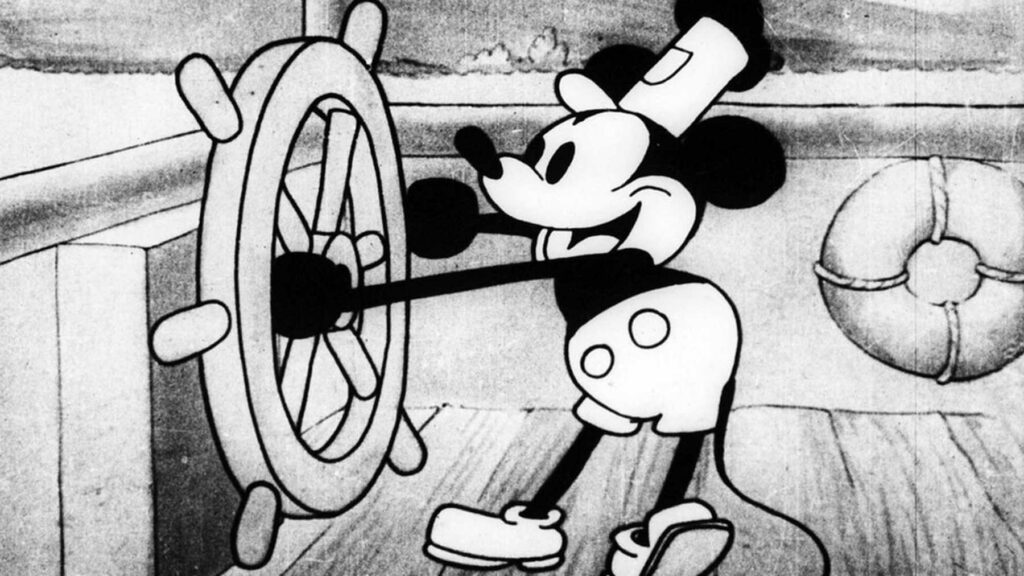There are always unique terms in the film industry that describe various techniques and traditions that have evolved over many years of film creation. But do you know what the phrase Mickey Mousing means?
In animation and film, “Mickey Mousing” refers to the technique of perfectly synchronizing sound and actions on the screen. Though not the first, Walt Disney perfected the technique in the Mickey Mouse short “Steamboat Willie,” changing how sound was incorporated into cartoons.
How Did Mickey Mousing Start?
This technique is known as Mickey Mousing because it first appeared in the 1928 cartoon Steamboat Willie, which starred the famous Mickey Mouse.
Scoring a segment so that the music punctuates the physical motions that are taking place. Though the practice of synchronizing actions to the rhythm of music dates back to the days of silent film, this is a technical term coined in the animation industry in the 1930s.
In a slapstick cartoon, this can completely replace the normal sound effects. In live-action, this is more commonly used alongside normal sound effects to create the illusion of a choreographed dance. In either case, whether intentional or not, the result is usually comedic, which is why the term is often used disparagingly in film scoring circles.
Mickey Mousing came about because, once film studios learned how to make sound films, they all wanted to show off the fact that their movies had sound. As a result, the soundtracks of many films were overly synchronized with the action on the screen, which was also common in early Disney cartoons.
As a result, the term has become a nickname for this film’s sound technique, in conjunction with the actions on the screen. (Source: Film Music Central)
How was Mickey Mousing Used in Film Music?
Historically, cartoons were the first films to synchronize music to visual activity on the screen. Early films starring Mickey Mouse, in particular, matched the music to the action.
Although this practice dates back to 1928 and was first seen in Steamboat Willie, several other early Disney films from the 1930s and 1940s used the same technique, incorporating soundtracks that almost entirely matched the movements and actions on the screen.
However, widespread use of this technique would quickly turn the term Mickey Mousing into a derogatory moniker that filmmakers do not want to be associated with their work.
It’s worth noting that many filmmakers now regard the term Mickey Mousing as a derogatory reference. This was something they wished their films not to be referenced as.
Mickey Mousing has become so popular and overdone that filmmakers today hope no one ever mentions their films as having such excess in a film score.
So, while Mickey Mousing was once a fascinating technique in early filmmaking? When used to refer to their films in modern times, filmmakers balk at the nickname due to criticism of it being overdone and unnecessary.
While it was popular in the early days of sound cartoons due to how easy it was for animators to time the animation, it quickly became derided as cliché and corny. Its use declined significantly in the years that followed. (Source: Beverly Boy)
Image from Sites.Lafayette.Edu
